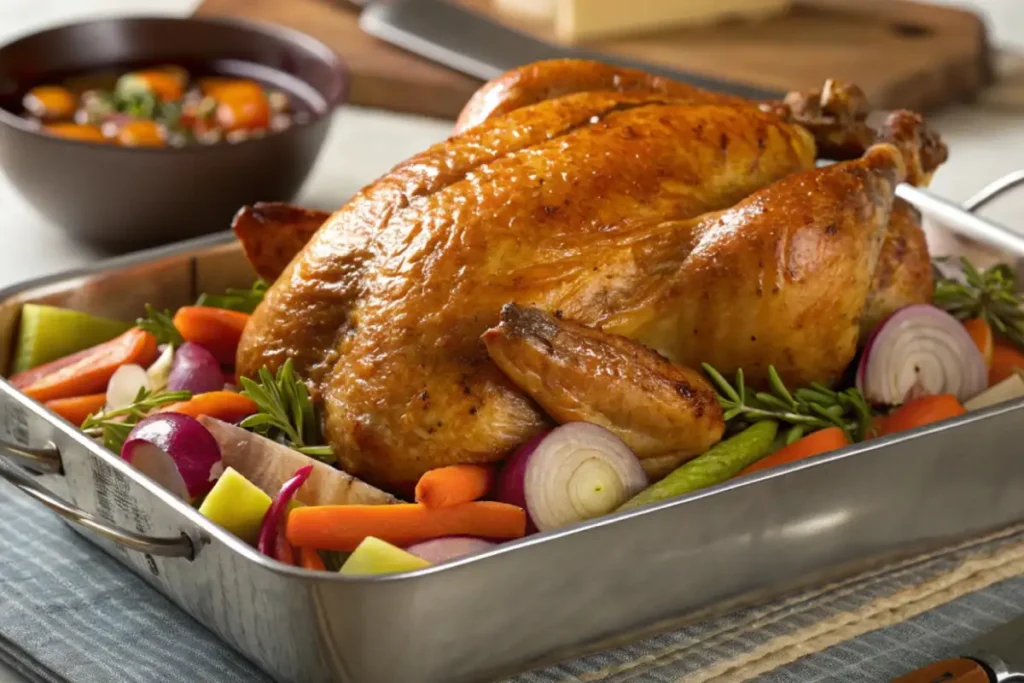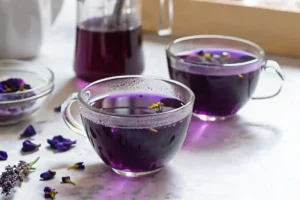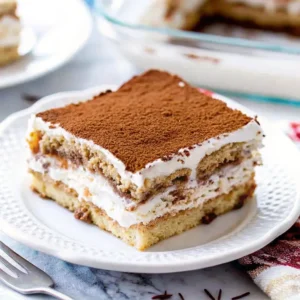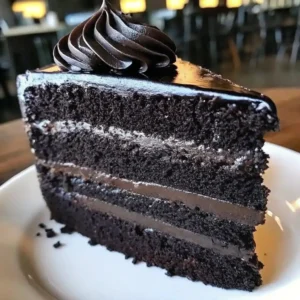What do you put in the bottom of a turkey roasting pan? The process of roasting a turkey goes beyond just cooking food. It’s a tradition enjoyed by many, particularly during the holidays of Christmas and Thanksgiving. But even the most gorgeous turkey is ruined if you don’t follow the right techniques. These seemingly small ingredients can add flavor, ensure that the meat stays moist, and produce rich drippings to make gravy.
Table Of Contents
Table of Contents
This guide takes an in-depth look at the things you need to put into your roasting pan to cook your perfect bird. In the end, you’ll have everything you’ll need to transform your turkey from average to exceptional.
Why the Bottom of the Roasting Pan Matters
The bottom of your turkey roasting pan is not just a spot to collect drips. It is a crucial element in the outcome of your dinner. Here’s why:
Prevents Sticking and Burning
A dry roasting pan can cause trouble. Turkey skin or drippings could get stuck to the bottom of the pan and cause a fire, which can result in a bitter taste and difficult clean-up. By adding the right elements, you can help the turkey slide off the pan easily after cooking.
Improves Flavor
The ingredients that are in the pan’s bottom give the turkey incredible flavors and aromas while it roasts. It doesn’t matter if you’re using veggies fruit, spices, or other fruits they provide a tasty base for your turkey.
Creates a Base for Gravy
If you are a fan of making gravy using leftover turkey drippings, the ingredients you put into the pan are the base. The liquid and the vegetables soak up the juices of the turkey, creating an incredibly rich and flavorful base for gravy.
Maintains Moisture
Everyone loves a moist turkey. The steam that is created by liquids in lower levels of the pot helps to keep the turkey moist during its cooking.
Essential Ingredients to Add to the Bottom of Your Turkey Roasting Pan
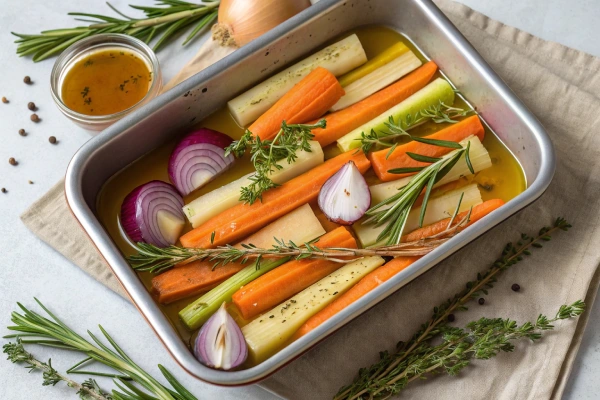
There’s no ‘correct way’ to prepare the turkey roasting pan There are a few tried-and-true ingredients that can take your turkey to a new level
Aromatic Vegetables
Vegetables are a key ingredient in the most flavorful roasting pan. These aromatics do not just add flavor but also help keep the bird from sticking.
- Onions The natural sweetener will add richness to the drips.
- Carrots provide a slight sweetness which can enhance the flavor of turkey.
- Celery Provides an energizing and slightly bitter taste that is balanced by the sweetness of other vegetables.
Cut these vegetables into small pieces and spread them evenly across the pan’s bottom.
Fresh Herbs and Spices
Spices and herbs give an earthy flavor and increase the flavor of the turkey. The most popular options are:
- Thyme, rosemary, and Sage: Classic choices for poultry, with flavors of woodsy and savory.
- Garlic Garlic cloves that are whole provide a rich flavoured roasted taste to the drips.
- Bay leaves The leaves provide a mild, herbal aroma that is perfect for turkey.
Liquids for Moisture and Flavor
The addition of liquid at the pan’s bottom is vital to keep the turkey moist and to prevent the drippings from burning. Here are some excellent ideas:
- Stock of turkey or chicken: Adds depth and flavor.
- White wine imparts some elegance and acidity to the drips.
- Wasser: A simple, non-toxic option for preventing sticking and steaming.
Many cooks are also unsure whether to use butter or oil in roasting the turkey because both enhance flavor and moisture in a variety of ways. To learn more about this issue read our post on oil or Butter: Which is better for roasting Turkey?
Make sure you use at minimum half an inch to ensure uniform cooking and to avoid burning.
Step-by-Step Guide to Preparing the Bottom of the Pan
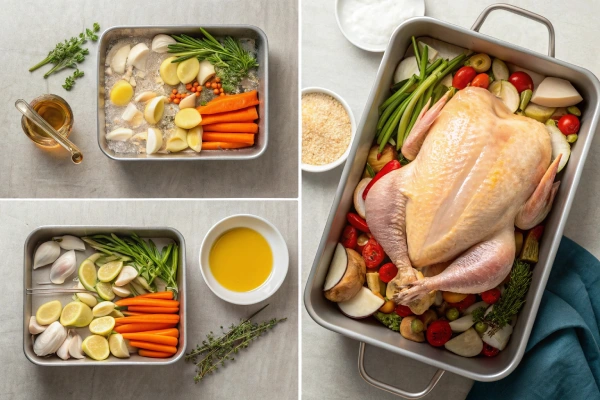
If you’re not familiar with roasting turkey or are looking to refine your techniques Follow these steps:
Step 1: Gather Your Ingredients
Choose a mixture of herbs, vegetables, and liquids that match your flavor preferences. An ideal combination of celery, carrots, onions garlic, and rosemary along with chicken stock.
Step 2: Prepare the Vegetables
Cut the vegetables into big chunks. This will prevent the vegetables from cooking too fast and also help them maintain their shape during roasting.
Step 3: Arrange the Ingredients
Equally, distribute the chopped vegetables in the middle of the pan evenly. Include fresh herb sprigs as well as garlic cloves and any other spice you would like to add.
Step 4: Add Liquid
Pour your preferred liquid in the pot, making sure it completely covers the bottom. Be careful not to overfill with liquid, as it will affect roasting.
Step 5: Position the turkey
Set your turkey on a rack for roasting over the ingredients. This permits a uniform airflow and keeps the turkey from being sunk within the sauce, which can result in soggy and sloppy skin.
Alternative Options for the Bottom of the Pan

Exploring different ingredients can result in interesting and unique tastes. Here are some ideas for creative recipes:
Fruits for a Sweet Twist
Fruits can provide an apricot-like, sweet flavor to your turkey.
- Apples Mix beautifully with Thyme and Sage.
- Citrus: Add a zesty citrus note.
- The Cranberries add a somewhat sweet and festive flavor.
Stuffing Mix as a Base
Utilizing a pre-made mix for stuffing on the bottom of the pan can make the process easier and make the drippings more flavorful.
Bacon Strips
Covering the pan’s bottom with bacon strips provides the perfect savory, smoky base to enhance the turkey and the drippings.
Common Mistakes to Avoid
Even the most experienced cooks make mistakes. Avoid these common mistakes:
Skipping the Liquid
If there is no liquid, the drippings will begin to burn, releasing bitter taste and making cleanup a challenge.
Overcrowding the Pan
The excess of ingredients could hinder the proper flow of air, resulting in unbalanced cooking.
Forgetting to Check the Liquid Level
When the turkey is cooked the liquid evaporates. Monitor it frequently and add more if needed.
FAQs About What Do You Put in The Bottom Of a Turkey Roasting Pan?
What does putting an onion in the cavity of a turkey do?
Placing an onion (or other aromatics like herbs, garlic, or citrus) in the cavity infuses the turkey with a subtle flavor and helps keep the meat moist during roasting.
Should I put foil on the bottom of a roasting pan for turkey?
While not necessary, lining the bottom of the pan with foil can make cleanup easier. However, avoid covering the entire pan, as it can trap steam and prevent the skin from crisping.
Should I put butter or oil on my turkey?
Both work well, but butter adds richer flavor and moisture, while oil helps achieve crispier skin. Many cooks use a combination for the best results.
How much water do you put in the bottom of a turkey roaster?
A small amount (about 1-2 cups) is enough to create steam, keep the turkey moist, and prevent drippings from burning. Adjust based on your recipe and pan size.
Conclusion
The bottom of the roasting pan for your turkey is more crucial than most cooks think. A carefully planned mix of fresh vegetables, herbs as well as liquids will be able to enhance the flavor, keep the moisture, and make an incredibly rich gravy base. It doesn’t matter if you stick with the traditional ingredients or experiment with new ones the proper preparation will guarantee an excellent roast turkey that will delight your guests each time.
Looking for more tasty recipes and cooking inspiration? Connect with us on Facebook at Dashtasty and become part of our foodie family.
